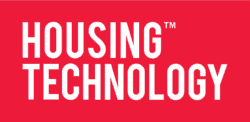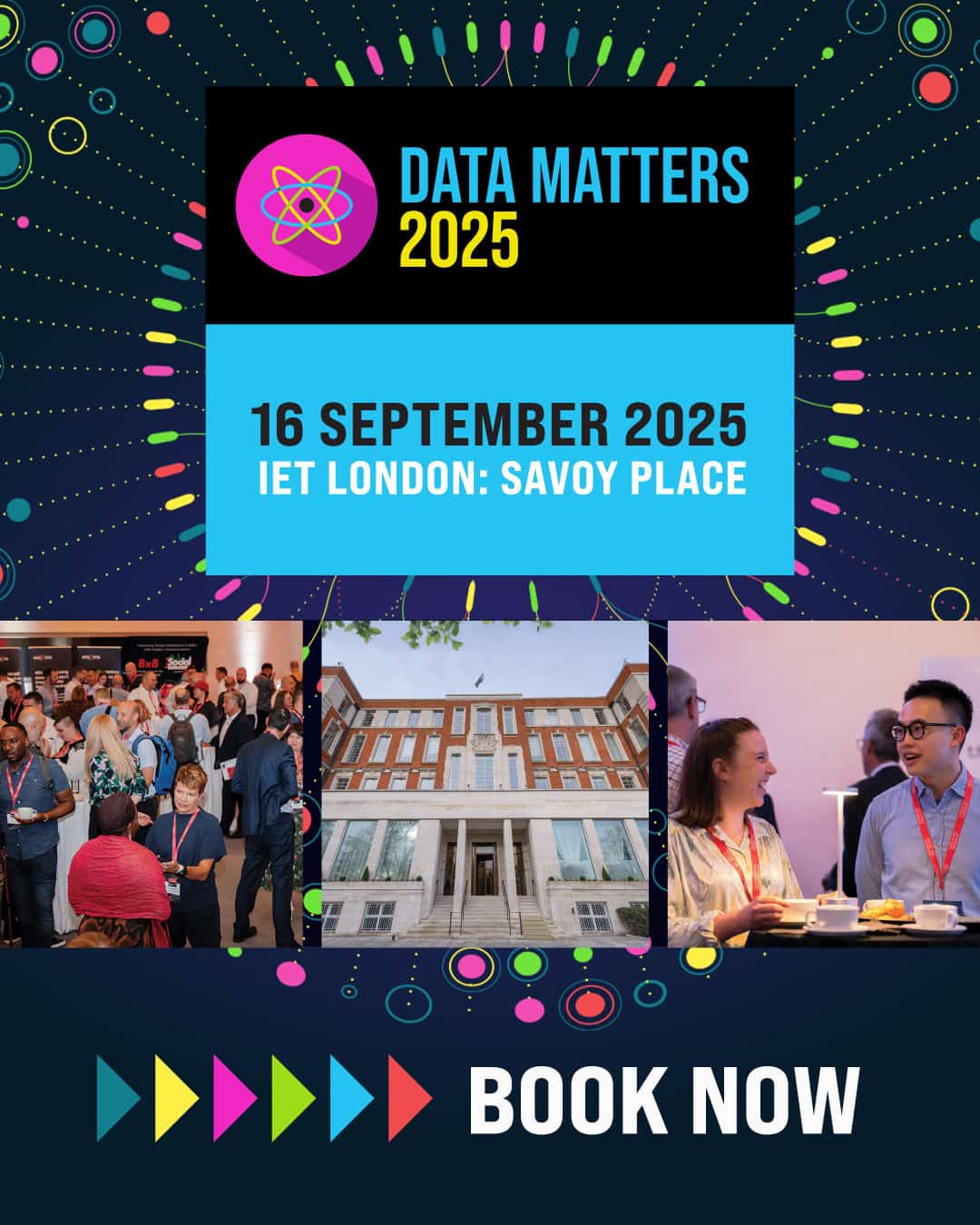With only three months to go until the deadline for SORP compliance, you may well have done (or not!) most of the work on your component accounting which is now sitting in a spreadsheet. You have perhaps read the articles about all-singing and all-dancing asset management systems (see Housing Technology, November 2011) and are now thinking, “How on earth can I implement one of those by 31 March 2012?” (especially with a restricted budget).
Sales talk
Of course, the answer is that you don’t have to. There is a lot of sales talk about the necessity for a complete system but fortunately it is just sales talk. The solution is to set up a fixed asset register within your existing finance system to hold the accounting entries and calculate the depreciation. There is no requirement to interface the asset replacement programme on your housing or asset management system with component accounting for meeting the SORP requirements. In our opinion, it is preferable not to, as the criteria used for the two types of decisions are different. Typically, the number of components for component accounting in the asset register is smaller than those identified for property management.
The criteria for treating an asset replacement for financial purposes will differ based on materiality and the appropriate component level. For example, there are likely to be many more components in the AMS and the replacement of a component is unlikely to tally with the components set up for SORP.
It is easy to set up a simple link between the asset register and the housing or asset management system by using the Unique Property Reference Number (UPRN) as a cross reference. This will let you relate activity on any system to the specific asset in the other.
The asset register needs to cope with grants and depreciation rates – a very different job to what the AMS or HMS needs to do. Trying to squeeze both into a single system will cause unnecessary compromises and complications, and you will still be faced with having to reconcile it to your financial ledgers. An integrated asset register as part of the core finance ledger avoids the need for the financial reconciliations.
Focus on simplicity
Keep your focus on the relatively simple task of accounting for your assets at a level to satisfy your statutory accounting needs and your auditors while still providing the finance department with easily-accessible financial information reported on using your day to day reporting tools. Don’t get distracted by trying to duplicate the functionality of your existing AMS or HMS systems; component accounting is purely a financial exercise, not an asset management issue.
If you really have not set up your asset register yet, there is still hope. For example, we have recently uploaded all the components from an (admittedly clean) spreadsheet into a Sun Accounts fixed asset register in an elapsed time of a fortnight. The column order of the spreadsheet was not critical as Sun Accounts has an Excel add-in called Q&A (Vision) which can be mapped to any columns to upload data. The same tool is used to import the static data (asset records) and to journal in the transactions representing opening balances of cost, grant and depreciation.
Advantage of an integrated asset register
The advantage of a fixed asset register such as Sun Accounts is that it is part of the ledger system, not a separate database requiring an interface. It handles the grant, cost and depreciation accounting by being able to record transactions against a single asset in several nominal accounts – the ideal solution.
As mentioned earlier, the link to an HMS or AMS is the shared UPRN held in one of the asset analysis codes on the asset records. Additional links and analysis points can also be incorporated into user-defined analysis structures allowing, for example, summarised and detailed financial reporting by different dimensions, such as by scheme, location, area, property, component, UPRN, cost, depreciation or grant.
The advantage of embedding the component accounting detail in the accounting ledgers is that the finance department uses the same tools for uploading and extracting information as it does for the rest of its finance system. This familiarity shortens the training time and increases user confidence compared with a separate package.
Conclusion – go for it now
It is not too late (unless you are reading this January 2012 issue from the archive), nor too expensive to complete your component accounting obligations, especially if you already use Sun Accounts ledgers… but get on with it!
Phillip Hunter and Philip Jude are both chartered accountants advising housing providers on their financial systems.


